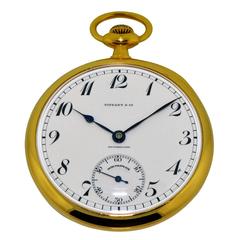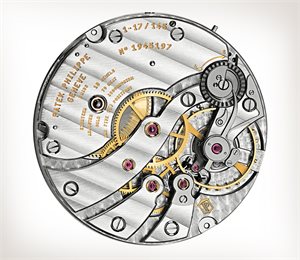
With case number 389392, it sits right in the middle of a special batch made for King Saud bin Abdulaziz Al Saud of Saudi Arabia who ascended to the throne in November 1953. The story of the present watch begins with its production in 1955. 2481 was available with the standard silvered dial and a variety of cloisonné enamel dials, depicting portraits of famous personalities, landscapes or continents, often made to special order. Accordingly, the watch was nicknamed “King Size’.

With a diameter of 37 mm, it was one of the largest wristwatches ever made by Patek Philippe. Oh, and Patek Philippe themselves did their part too by issuing a highly controversial “Extract from the Archives’. Since the watch was sold in Christie’s transition phase from not writing down the serials (but still visible in certain pictures) to totally obscuring everything, it was possible to google the case number and learn the same watch had been auctioned five years earlier by Antiquorum for – brace yourself – TEN TIMES LESS the amount of money (USD 200,000 vs. 2481 was presented as something historically important and unique when in reality it is nothing but a watch with a later replacement dial of questionable provenance. Whatever the rationale, the story you are about to read will show you how a Patek Philippe Ref. Some say it all started to prevent watch brands from figuring out the identities of flippers, others believe the reason is a much darker one.

In late 2020, this ‘malpractice’ metastasized into Christie’s Hong Kong. Personally, I would go one step further and ask the same from private dealers who are still doing this to keep themselves out of all kinds of trouble. Not only am I totally allergic to this practice, it is also the general consensus among reputable vintage watch experts it should not be done.

Hiding and/or obscuring the case numbers of watches at auction is unacceptable.


 0 kommentar(er)
0 kommentar(er)
